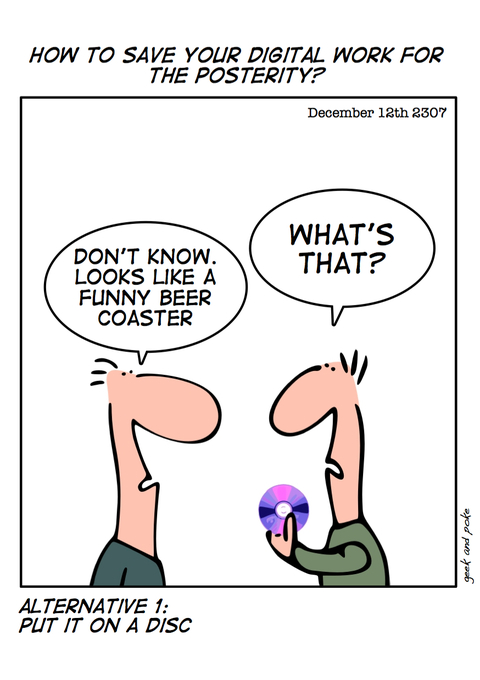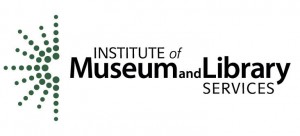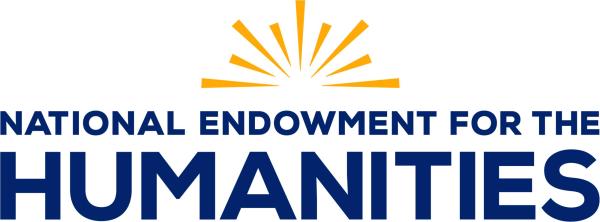Meg pointed out the whys and wherefores of digital preservation in her last post.
I’m supposed to talk about how.
Of course, since the point of the IMLS grant is to help figure out the “how” for libraries with fewer resources, I’m not going to have all of the answers just yet. We have some ideas about the how, but until we run through all of the scenarios with people who know more than us, it won’t be very useful.
I have a metaphor I’d like to play with a little bit, if you’ll bear with me. I’m a novice knitter, and so thinking about process in this way is helpful to me. Dealing with digital preservation feels a lot like untying a very messy knot in someone else’s knitting.
It’s as though we’re being handed a portion of a partially- knitted, really quite complicated lace scarf, a very messy ex-ball of yarn that a kitten has gotten at, some knitting needles which may or may not be the right size, no pattern, no instruction, no stitch markers, and being told to figure it out, and go on from here. (This is the data and digital objects sitting on servers across my campus). Some of it has been worked, some of it has been relatively ignored, and on occasion, some damage has happened through benign neglect (the kitten is bit rot).
Now, we have some literature that can serve as a guidebook when we get to the part where we can learn new skills and keep knitting the scarf. But there’s still a lot of groundwork to be done before we get to that stage. We need to figure out what we have: what kind of yarn? what sized needles? what kind of stitches make up the pattern? Can we find a similar pattern elsewhere, or do we need to reverse-engineer it from what we see? Do we have the right tools for this pattern?
Thinking about digital preservation feels a lot like that.
When I think about long-term access to digital objects, I think about it in terms of pulling out yarn knots. More fundamentally, before we can keep knitting, we need to untie all the knots made by that kitten. There may be enough yarn there to move forward, but it’s unworkable until we can pull at the individual threads, untie knots, separate parts from one another, and smooth things out to make a workable ball of yarn.
If I pull on the server space knot, does personnel that can help come with it, or is that a different portion of the thread? Can I pull out particular objects (knots) without making other knots (different file types) more difficult to deal with? Where can I find a knitting instructor (expert) or a book (documentation) or a friend who can explain a new technique (experienced end-user)? How will I know when I’ve mastered a particular stitch (technique or product) enough to incorporate it into my pattern without errors? Even if I learn that stitch, does it complement the scarf pattern (data) I already have?
Would it be more effective to rip back the other person’s work, and begin again with a simpler pattern? Would doing so give the same effect, or does it fundamentally change the scarf too much? As I pull one knot, the yarn often tightens in other areas. Will I be able to unravel as I need to? Do I need to change my approach?
Eventually, as a knitter, to learn a new skill, you just have to sit down and do it. You will probably mess it up quite a few times. But, with some help, and good humor, you will come out the other side with a scarf you can live with. Even if it doesn’t look exactly like the pattern on the page.
Digital preservation is kind of like that, too. What matters is the result (long-term access to the data we create). The process of getting there may not be pretty, and it may not look as nice as the very experienced knitter’s work next to yours, but it still keeps your neck warm.
So here’s to the first attempts to unravel the knot.





